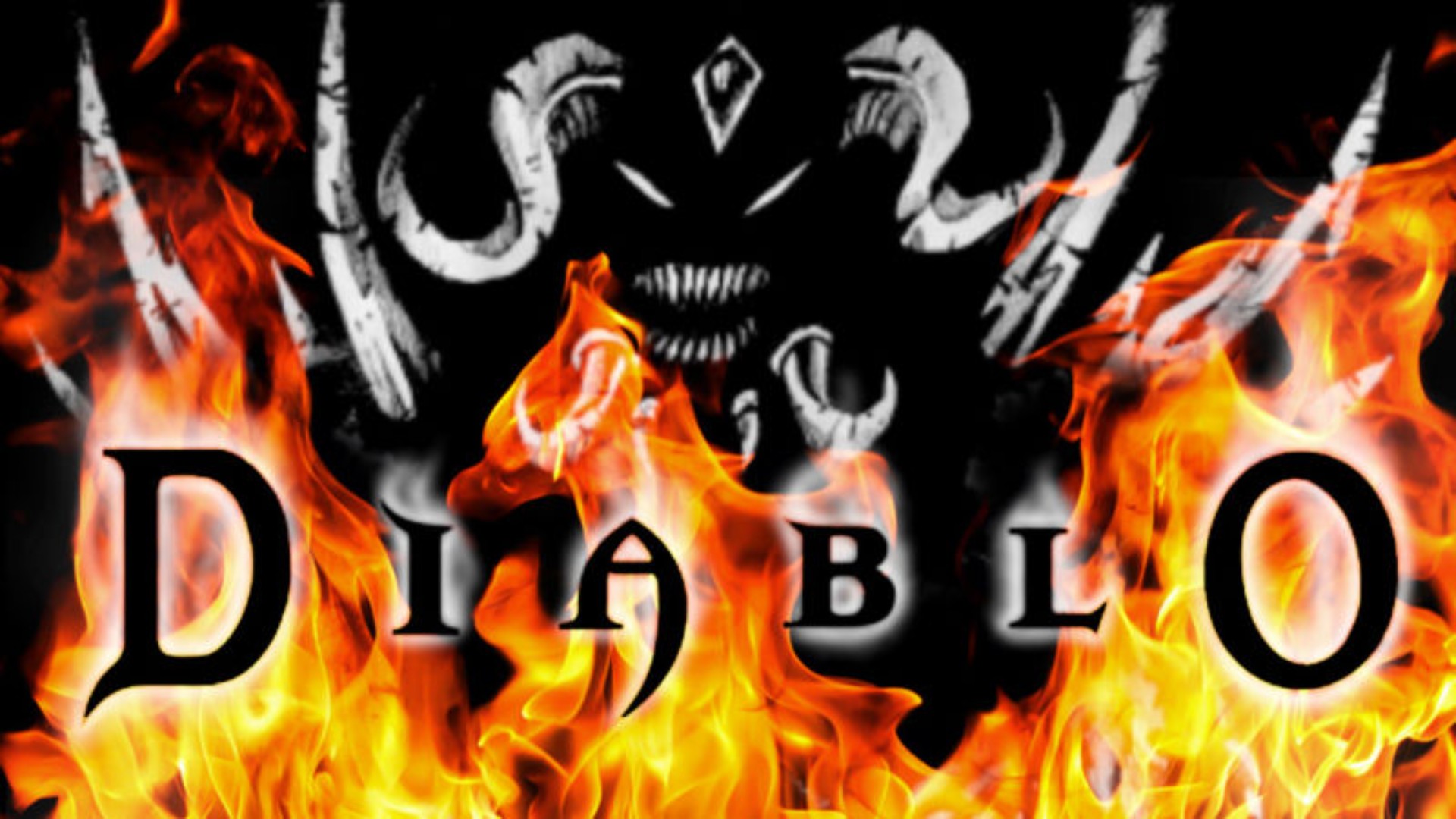The Diablo series stands as a dark titan in the realm of action role-playing games (ARPGs), captivating players with its atmospheric storytelling, relentless combat, and a world steeped in demonic lore. Since the release of the first game in 1996, Diablo has evolved into a cornerstone of the gaming industry, spawning sequels, expansions, and a dedicated fan base. This article delves into the captivating universe of Diablo, exploring its origins, key features, and the lasting impact it has left on the gaming community.
The Birth of Diablo: A Descent into Hellish Realms
Diablo emerged from the minds of Blizzard North, a subsidiary of Blizzard Entertainment, with its inaugural title released in 1996. The game’s isometric perspective, procedurally generated dungeons, and an immersive narrative set the stage for a gripping gaming experience. Players descended into the town of Tristram, battling hordes of demons to ultimately confront the Lord of Terror, Diablo himself.
Diablo II: Expanding the Horizons of Horror
The sequel, Diablo II, released in 2000, elevated the series to new heights. With an expansive world, five distinct acts, and a diverse set of character classes, the game became a benchmark for ARPGs. The introduction of online multiplayer, supported by Blizzard’s Battle.net, allowed players to team up or face off against each other in a persistent and dynamic world.
The Long-Awaited Diablo III: A Controversial Revelation
After years of anticipation, Diablo III arrived in 2012, introducing modern graphics, new character classes, and an Auction House system. While it garnered praise for its visceral combat, the always-online requirement and initial balancing issues drew criticism. However, subsequent updates and the Reaper of Souls expansion addressed many concerns, solidifying Diablo III as a worthy successor in the series.
Expansions, Spin-offs, and the Road Ahead
The Diablo series continued to evolve with expansions such as Reaper of Souls and the Rise of the Necromancer pack, introducing additional content and refining gameplay mechanics. Beyond the main series, spin-offs like Diablo Immortal for mobile devices expanded the franchise’s reach. Fans eagerly anticipate the next chapter, with rumors circulating about the development of Diablo IV, promising a return to the series’ dark and gothic roots.
The Enduring Legacy: Diablo’s Impact on Gaming
Diablo’s legacy extends beyond its individual titles. The series pioneered the action RPG genre, influencing games like Path of Exile and Torchlight. Its dark aesthetic, addictive loot system, and cooperative multiplayer components have become hallmarks of the genre, shaping the way players approach and enjoy games.
Conclusion: The Eternal Struggle Against the Forces of Hell
As the Diablo series continues to etch its mark on the gaming landscape, its legacy remains firmly entrenched in the hearts of players who have ventured into the depths of hell and back. Whether newcomers exploring the catacombs for the first time or veterans donning their best gear for another rift, the allure of Diablo endures, promising a journey through the darkest realms of gaming.
